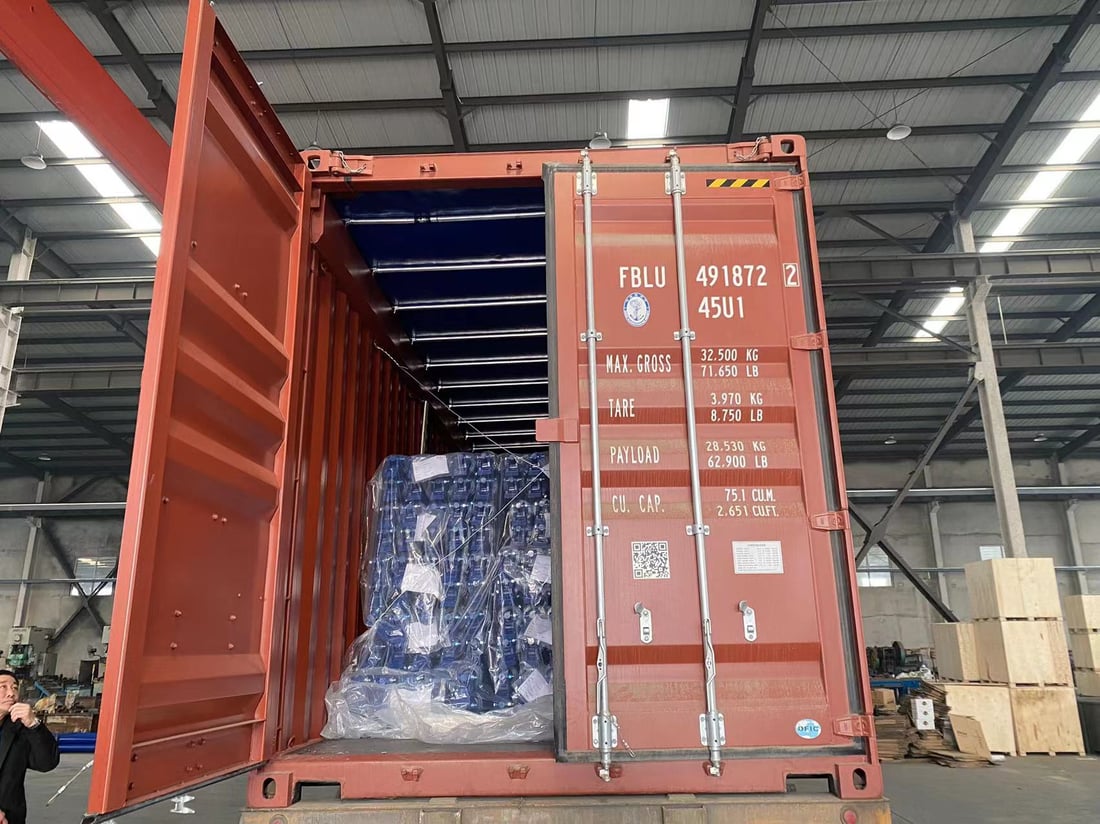What is container loading inspection?
Container loading inspection is a crucial quality control step in the supply chain process that ensures the safe and efficient loading of goods into shipping containers. It involves thorough checks and verification of various aspects, such as the quantity, condition, and proper handling of the products being loaded. This article will provide a comprehensive overview of container loading inspection, its importance, and the key aspects involved in the process.
The Importance of Container Loading Inspection
Container loading inspection plays a vital role in ensuring that goods are loaded correctly, minimizing the risk of damage or loss during transit. It helps to maintain product quality, prevent delays, and uphold customer satisfaction. By conducting a thorough inspection, companies can identify and rectify any issues or inconsistencies before the container is sealed and shipped.
Verification of Quantity
One of the primary aspects of container loading inspection is the verification of the quantity of goods being loaded. This involves cross-checking the quantity against the packing list and purchase order to ensure accuracy. It helps prevent underloading or overloading, which can lead to logistical complications and potential financial losses.
Condition of Goods
Inspecting the condition of goods is crucial to identify any damages or defects before they are loaded into the container. This includes checking for broken or improperly packaged items, signs of moisture or water damage, and any other physical or visual abnormalities. By addressing these issues, companies can avoid shipping substandard products and maintain their reputation for delivering high-quality goods.
Proper Handling and Stacking
Ensuring proper handling and stacking of goods within the container is essential to prevent damage during transit. The container loading inspection focuses on verifying that the items are packed and secured correctly, considering factors such as weight distribution, fragility, and compatibility. Adhering to proper stacking practices minimizes the risk of goods shifting or collapsing during transportation.
Sealing and Container Integrity
Inspecting the sealing and integrity of the container is another critical aspect of the container loading inspection. The inspector checks the condition of the seals, ensuring they are intact and properly applied. This helps to prevent tampering, theft, or unauthorized access to the goods during transit. Additionally, the overall condition of the container, including its cleanliness and structural integrity, is assessed to ensure it is suitable for transportation.
Documentation and Compliance
Container loading inspection involves meticulous documentation and compliance verification. This includes reviewing all relevant paperwork, such as shipping documents, customs declarations, and compliance certificates. Inspectors ensure that all necessary documentation is complete, accurate, and in accordance with the applicable regulations and requirements. This ensures a smooth customs clearance process and avoids potential legal issues.
Load Securing and Bracing
Load securing and bracing are critical for preventing goods from shifting or being damaged during transport. The container loading inspection evaluates the effectiveness of load securing methods, such as straps, dunnage bags, and bracing materials. Inspectors verify that all items are adequately secured and that proper bracing techniques are employed to withstand the anticipated forces and vibrations during transit.
Labeling and Marking
Inspectors also pay attention to the labeling and marking of goods within the container. This includes verifying that each item is appropriately labeled with its identification, handling instructions, and any necessary warnings. Proper labeling ensures that the goods can be easily identified and handled correctly throughout the supply chain, reducing the risk of mishandling or confusion.
Container Weight and Distribution
Container loading inspection includes checking the weight and distribution of the loaded goods. Inspectors ensure that the total weight of the container and its contents complies with the weight restrictions set by transportation regulations. They also assess the distribution of weight within the container to avoid exceeding the maximum load capacity on any specific area, which could lead to structural damage or instability during transportation.
Final Container Inspection and Reporting
Before the container is sealed and ready for shipment, a final inspection is conducted to ensure all aspects of the container loading process have been properly addressed. Inspectors generate a detailed report highlighting any issues, non-compliance, or discrepancies found during the inspection. This report serves as a reference for further actions, such as corrective measures or resolving disputes between parties involved in the supply chain.

